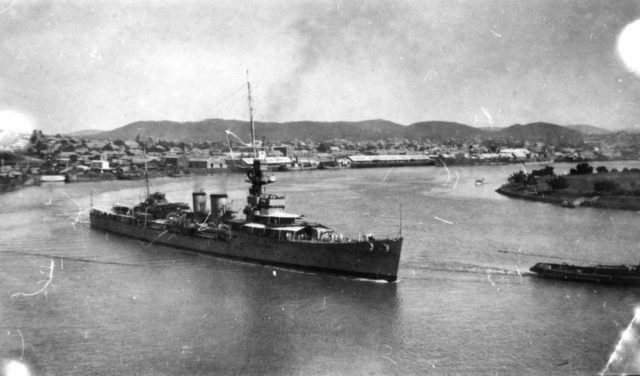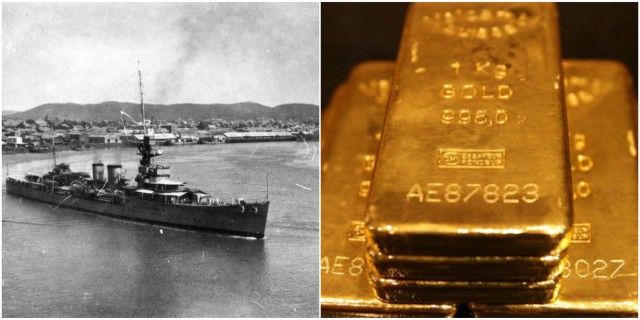Following the Allied landings in Normandy in 1944, the defeat of Nazi Germany loomed. With Soviet forces closing in from the east and Western Allies crossing the Rhine River, it was clear that the war was coming to an end.
Knowing that the end was near, some Nazi leaders sought to hide the treasures they’d looted in their years of power. A huge collection of stolen art masterpieces worth billions of dollars as well as other valuable artifacts taken from museums across Europe, and literally tons of silver and gold, were carefully hidden in out-of-the-way spots.
Although the Allies managed to find and reclaim some of the cultural treasures, there is almost $40 billion worth of loot that is still missing. The hunt for the hidden Nazi treasures started almost immediately after Germany was defeated and it continues to this day.
The legend of the train packed with gold buried beneath the mountains in Poland is just one rumor that has haunted treasure hunters for more than 70 years. There are also many reports of billions in Reichsbank gold that was supposedly dumped in various lakes throughout Europe.

These legends have inspired thousands of people to join the hunt for the lost Nazi treasures, only to return home empty-handed. Eventually most people stopped searching. But this was not the case with a group of British treasure hunters who recently found a chest allegedly containing $130 million (£100 million) in Nazi gold on a sunken German cargo ship off the coast of Iceland.
The UK-based Advanced Marine Services is credited with the discovery of a box possibly containing nearly four tons of valuable metal found on what was once the SS Minden, which disappeared in the depths of the Atlantic ocean in 1939. Its loss preceded the deliberate hiding of Nazi treasures.
British crew discover chest that could contain £100 million of Nazi gold… https://t.co/Xw3VPUnlsF pic.twitter.com/m1S1rCnXre
— LADbible (@ladbible) July 24, 2017
It is said that the cargo ship started its route in Brazil less than a week after World War II began. The great quantity of gold reportedly held in the box was most likely traveling from South American banks to Germany when the boat sank off the coast of Iceland.
British cruisers HMS Calypso and HMS Dunedin had spotted the German cargo ship on September 24, 1939, about 120 miles southeast of Iceland. When Adolf Hitler found out that the Royal Navy was intercepting the vessel, he personally ordered the captain to scuttle the ship, fearing that the British might seize the gold.
As reported by The Sun, Advanced Marine Services are hoping to gain permission from the Icelandic government to cut a hole in the hull and remove the box, which is in the post room. Their main goal is to bring any gold found to Britain, but the case is complicated.
Finders-keepers is the saying, but officials in Iceland have yet to make a statement on the ownership of the wreck. What is known is that the UK team did not have a permit issued by Iceland authorities to search in their waters. They’d previously been warned by the Icelandic coast guard for the same issue.

Iceland Monitor reports that the crew gave “vague and different explanations” when asked what they were doing in the area. They were instructed by the coast guard to dock at Reykjavik, where police sought the purpose of their visit.
In another discovery about a month ago, a collection of 75 original Nazi objects was discovered in a secret strong room in a house in Argentina. It included a bust of Hitler, medals, magnifying glasses, a sculpture of a swastika-emblazoned eagle, and a medical device used to measure head size.
And so it seems the searches will go on.
